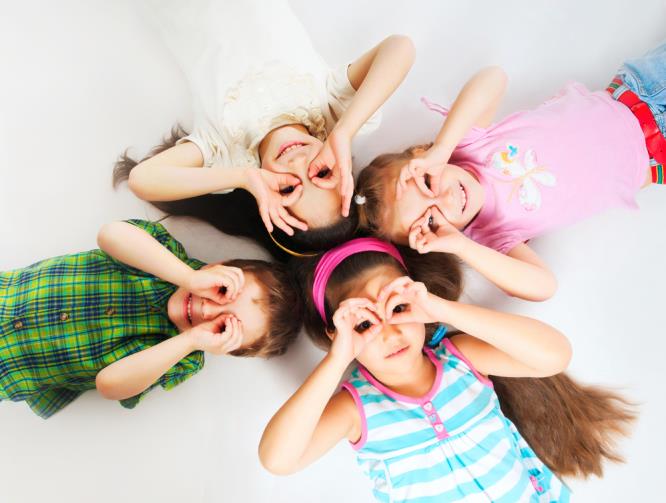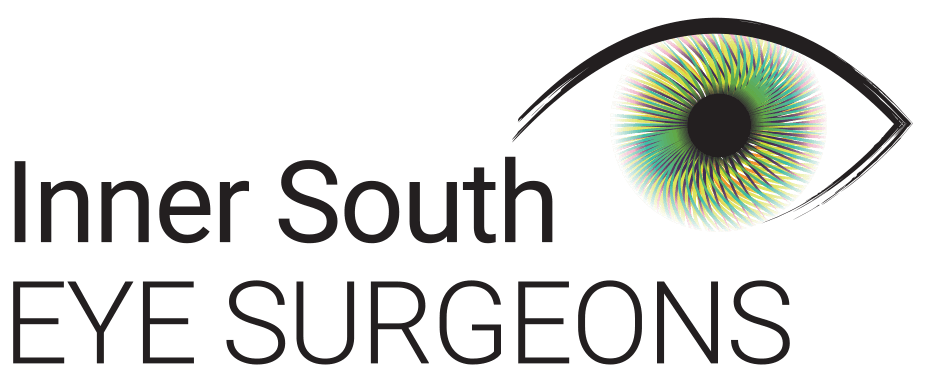CHILDREN

A child’s eyes are different from adults.
Children experience a variety of unique eye problems, many quite distinct from those affecting adults. They also differ from adults as their visual system (brain) is not fully developed.
Equal input from both eyes is necessary for normal development of a child’s brain vision centres. If a young child’s eyes do not send clear images to the brain, or there is unequal input, vision may be impaired for life as the brain cells have not received normal stimulation. This is known as amblyopia.
Possible signs of an eye problem
It is important to be aware of the possible signs of an eye problem, as many young children do not complain about poor vision. This is especially true if only one eye is affected, as the normal eye will mask or override the deficiency of the weaker eye.
Signs such as getting close to the TV, ‘squinting’ of the eyes, an eye turning, a head tilt, a face turn, eye rubbing, light sensitivity, abnormal eye movements, a droopy eyelid, unequal pupils and poor attention and concentration at school can alert parents to seek assessment.
Our paediatric ophthalmologists are highly trained in managing a wide range of ocular diseases that affect children. In addition, they focus on your child’s developing visual system and are skilled at diagnosing problems that may impair that development. They are also fully trained to perform complex eye surgery as well as managing other problems with glasses and medications.
